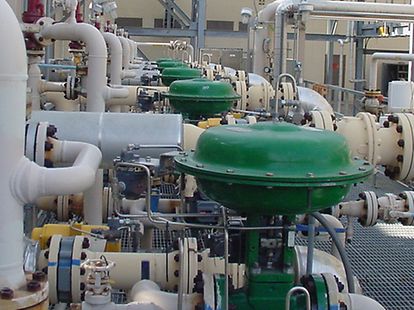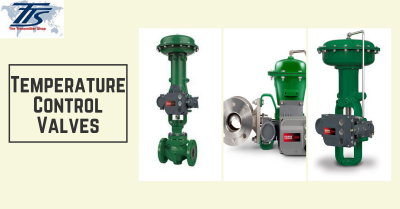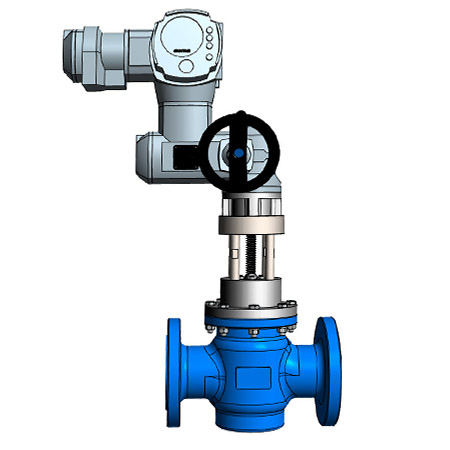The Function of Control Valves in Liquid Circulation Administration Solution
The Function of Control Valves in Liquid Circulation Administration Solution
Blog Article

Maximize Power Financial Savings and Convenience With Advanced Structure Automation Controls
In the realm of contemporary style and center management, the combination of innovative building automation controls stands as a critical advancement. The convergence of technology and sustainability has birthed a new age where energy efficiency, comfort optimization, and operational streamlining are no more obtainable truths but remote desires. By harnessing the power of automation, buildings can adapt, respond, and advance in methods that were once inconceivable. The possibility for considerable energy financial savings and improved convenience is not just an opportunity however a guarantee waiting to be fulfilled. This standard shift in structure management holds the crucial to opening a world where ecological conscientiousness and passenger well-being sympathetically coexist within the wall surfaces of our structures.
Power Efficiency Conveniences
Energy effectiveness advantages can significantly minimize power consumption and operational expenses in buildings. By implementing energy-efficient methods and innovations, structure proprietors and operators can achieve considerable financial savings while additionally adding to environmental sustainability. One of the key benefits of improving power efficiency in structures is the reduction of utility bills. Energy-efficient systems, such as sophisticated structure automation controls, can optimize making use of sources like lights, cooling, and heating, causing reduced power costs over time.
Additionally, enhanced power effectiveness can prolong the lifespan of structure equipment and systems. By operating extra effectively, HVAC systems, lighting fixtures, and other building parts experience less wear and tear, causing minimized maintenance and substitute expenses. Additionally, energy-efficient structures commonly regulate higher residential property values and rental rates, providing lasting monetary advantages to owners.
Furthermore, energy efficiency can boost resident convenience and productivity. Properly regulated interior atmospheres with ideal illumination and thermal problems produce an even more pleasurable and conducive work area, leading to enhanced staff member complete satisfaction and performance. Overall, the energy performance advantages related to innovative structure automation controls are multifaceted, including expense financial savings, environmental stewardship, and passenger well-being.
Boosted Comfort Control
Enhancing comfort control in building atmospheres requires an advanced integration of advanced automation systems for optimal occupant well-being. By utilizing innovative structure automation controls, centers can tailor the indoor environment to fulfill the details demands and preferences of occupants. control valves.
By including these sophisticated controls, structures can not only boost comfort yet additionally enhance power effectiveness by maximizing system operations based on real tenancy and use patterns. Inevitably, prioritizing owner comfort with innovative automation systems leads to an extra satisfying and much healthier interior setting.
Operational Effectiveness Improvements

Moreover, the execution of real-time tracking and analytics devices enables building operators to recognize energy inefficiencies and operational abnormalities promptly. By constantly keeping an eye on power usage patterns and system efficiency metrics, changes can be made in real-time to optimize power consumption and guarantee peak functional performance. control valves. Additionally, integrating need action techniques right into building automation controls can additionally improve functional performance by dynamically adjusting energy usage based upon grid conditions and rates signals
Indoor Environment Optimization
Efficient indoor climate optimization is a basic facet of structure automation controls, guaranteeing residents' convenience and wellness while maximizing energy cost savings. By using sophisticated sensing units and controls, developing automation systems can continuously readjust and check temperature level, humidity levels, air high quality, and ventilation to create an optimal interior setting. Maintaining constant and comfy conditions not only enhances occupant complete satisfaction however also improves efficiency and general wellness.
Indoor climate optimization additionally plays an essential role in energy performance. By fine-tuning home heating, air flow, and cooling systems based on real-time data and tenancy patterns, developing automation controls can substantially decrease energy intake - control valves. As an example, executing techniques such as demand-controlled air flow and thermal zoning can assist reduce power waste while ensuring that each location of the building obtains the required conditioning.

Sustainable Environment Production
Building automation regulates not just maximize interior climate conditions for energy efficiency and occupant convenience yet additionally lay the structure for producing a sustainable environment with calculated administration of systems and resources. By integrating innovative building automation innovations, such as sensors, actuators, and smart software, centers can adjust and monitor power use in real-time to reduce waste and reduce their carbon impact. These systems allow predictive upkeep, recognizing possible problems prior to they intensify and maximizing devices performance to improve durability and efficiency.
In addition, sustainable setting development expands beyond power management to check that incorporate water conservation, waste decrease, and indoor air top quality enhancement. Building automation controls can regulate water usage, find leakages, and guarantee proper garbage disposal practices, adding to overall sustainability initiatives. Furthermore, by keeping track of and regulating ventilation and filtering article source systems, these innovations boost resident wellness and productivity while reducing power consumption connected with HVAC operations.
Final Thought
Finally, advanced structure automation regulates offer considerable advantages in regards to energy cost savings, comfort control, functional efficiency, indoor environment optimization, and producing a sustainable setting. By executing these controls, structures can attain optimal performance while decreasing power intake and boosting occupant comfort. It appears that the usage of advanced automation technology is vital in boosting structure efficiency and developing an extra lasting future.
Energy efficiency benefits can substantially lower energy usage and operational expenses in buildings. In general, the energy effectiveness advantages linked with advanced structure automation controls are diverse, incorporating cost savings, environmental stewardship, and occupant well-being.
In addition, including demand reaction strategies into structure automation controls can even more enhance functional performance by dynamically changing energy use based on grid problems and prices signals.
Building automation regulates not just enhance indoor environment conditions for power efficiency and occupant comfort however also lay the foundation for developing a lasting atmosphere through critical administration of sources and systems.In final thought, advanced structure automation controls deal considerable benefits in terms of power savings, convenience control, operational performance, indoor environment optimization, and creating a lasting atmosphere.
Report this page